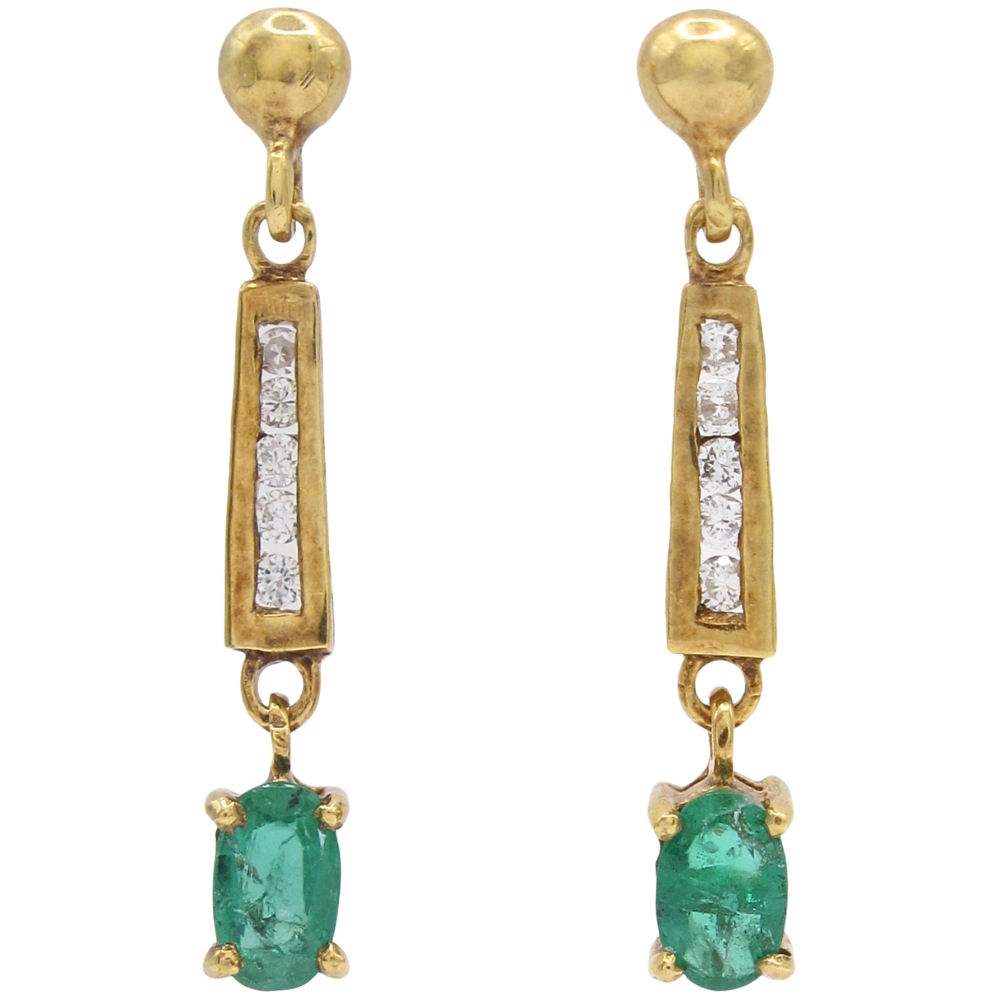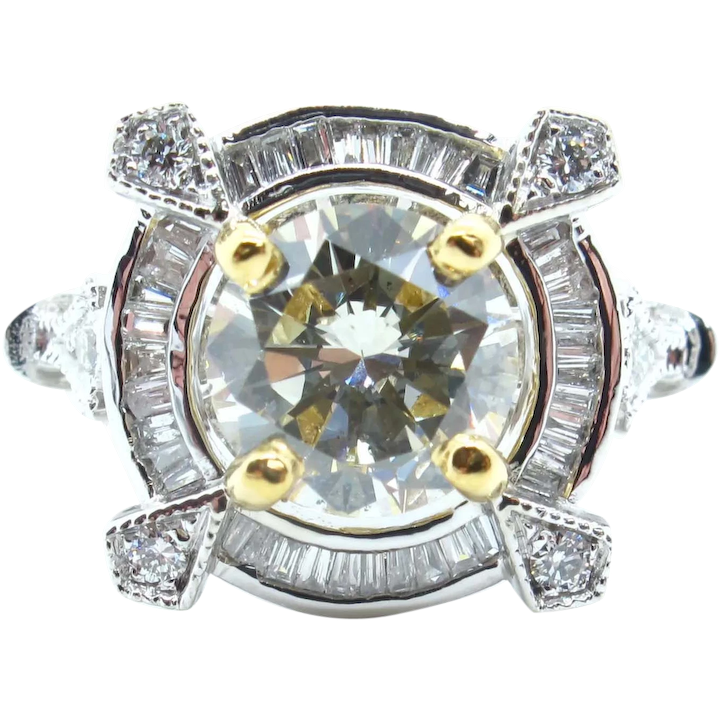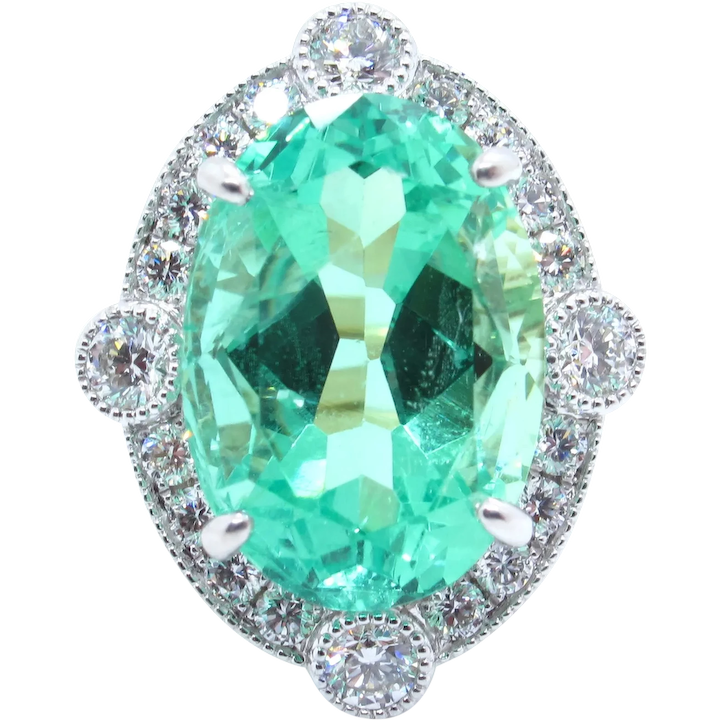What’s the Difference Between 14k, 18k, & 22k Gold? Here’s What You Should Know Before Buying
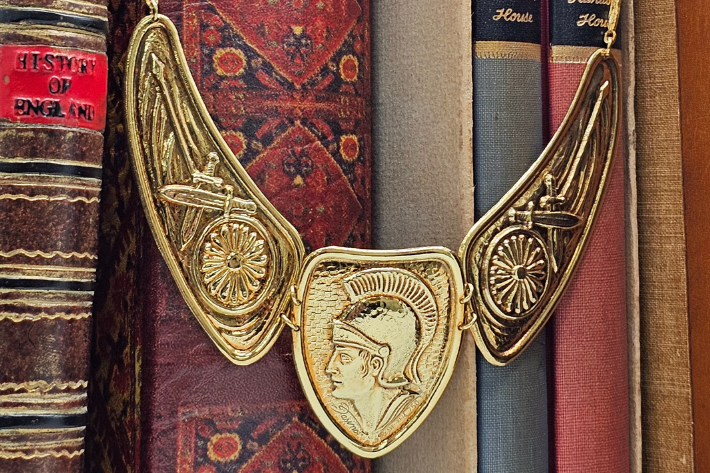
Gold jewelry may look similar at a glance, but not all gold is created equal. The karat—often marked as 14k, 18k, or 22k—is more than just a number. It tells you how much pure gold is in your piece. It also affects its durability, color, price, and even resale value. Whether you’re buying your first gold chain or investing in vintage estate jewelry, understanding the difference between gold karats is key to making a smart, stylish choice.
What Does Karat Mean in Gold Jewelry?
Karat (spelled with a “k” in the U.S.) measures the purity of gold, with 24k being pure gold. When you see 14k, 18k, or 22k on a piece of jewelry, it refers to the proportion of pure gold mixed with other metals like silver, copper, or palladium.
📘 According to the Gemological Institute of America (GIA), each karat represents 1/24 of the whole. That means:
-
14k gold = 14 parts gold + 10 parts other metals (58.3% gold)
-
18k gold = 18 parts gold + 6 parts other metals (75% gold)
-
22k gold = 22 parts gold + 2 parts other metals (91.6% gold)
This alloying process strengthens the metal, which is essential since pure gold (24k) is too soft for everyday jewelry.
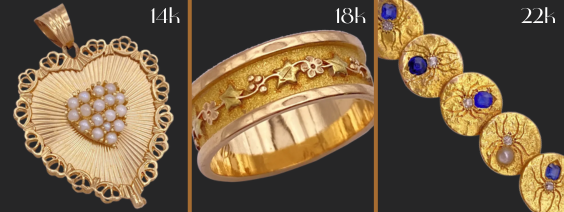
How Is 14k Gold Different From 18k and 22k?
The main difference lies in purity, color, hardness, and cost. Here’s a side-by-side breakdown:
| Karat | Gold Content | Color | Durability | Common Use |
|---|---|---|---|---|
| 14k | 58.3% | Lighter yellow or white | Most durable | Everyday jewelry |
| 18k | 75% | Rich yellow tone | Softer than 14k | Fine jewelry |
| 22k | 91.6% | Deep yellow | Softest | High-end, bullion-style jewelry |
At Arnold Jewelers, we often recommend 14k gold for customers seeking a mix of beauty and long-lasting wear—especially for rings, bracelets, and chains.
Which Karat Gold Is Best for Everyday Wear?
14k goldis ideal for daily wear due to its strength and resistance to scratching. It’s the most popular choice for engagement rings, wedding bands, and fashion jewelry that needs to hold up to frequent use.
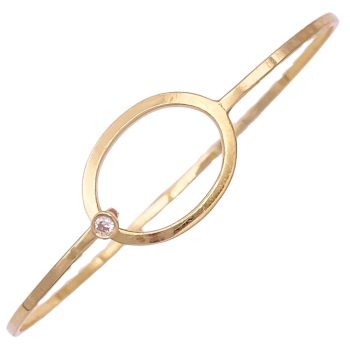
✨ Pro Tip from Arnold Jewelers: If you’re gifting or wearing something daily, like a gold ring or watch, 14k will likely hold up better over time than higher-karat options.
Is 18k Gold Worth the Higher Price?
Yes—especially if you want a luxurious gold tone and a higher purity level. 18k gold offers a great balance between rich color and enough durability for occasional to regular wear. It’s a favorite among high-end brands like Cartier and Rolex, who use it for its elegance and gold content.
18k gold does cost more than 14k, but for many, the deeper yellow hue and luxury feel are worth the investment.

Why Is 22k Gold So Soft and Expensive?
With 91.6% pure gold, 22k has the highest gold content of the three—but that also makes it the softest and most prone to bending or denting. It’s less suitable for rings or settings with stones but works beautifully for solid gold chains, earrings, and gold coins.
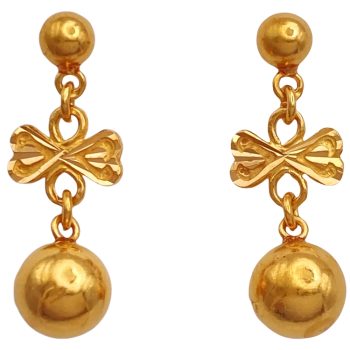
🔍 Experience Note: At Arnold Jewelers, many of our estate and imported 22k pieces are prized for their cultural significance and resale value—especially among collectors and investors.
Check out our Live Gold Chart to see what we are paying.
Does the Color of Gold Change with Karat Level?
Yes. The more gold content in a piece, the richer and more saturated the yellow tone appears.
-
14k tends to have a lighter yellow or even white/rose hue due to alloying.
-
18k leans toward a buttery, vibrant yellow.
-
22k showcases a deep, rich golden glow that’s unmistakable.
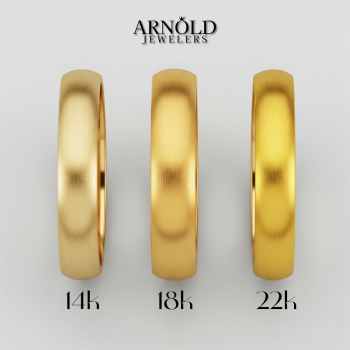
📘 According to GIA, metals like copper, silver, and palladium are blended with gold to strengthen it—and this directly influences the final color tone.
Is Higher Karat Gold Always More Valuable?
Generally, yes. A higher karat gold piece contains more actual gold, increasing its intrinsic melt value. However, the overall value also depends on:
-
Craftsmanship
-
Age (especially for vintage or antique items)
-
Condition and resale demand
💡 Expert Tip: If you’re buying with resale or gold investment in mind, 22k is more valuable by weight. For beauty and function, 14k and 18k offer an ideal blend.
Quick Q&A: Common Gold Karat Questions
Q: Can 14k gold tarnish?
A: Slightly, over time—but it’s easy to clean. It’s far more resistant than lower-quality alloys.
Q: Is 18k gold hypoallergenic?
A: Usually, yes. But if you have metal sensitivities, check for nickel in white gold variants.
Q: Can I wear 22k gold every day?
A: Not recommended unless it’s a sturdy design. It’s too soft for detailed or high-impact pieces.
Final Thoughts: Which Karat Gold Is Right for You?
Choosing between 14k, 18k, and 22k gold ultimately depends on how you plan to wear it.
-
For everyday strength, go with 14k.
-
For elegance and luxury, try 18k.
-
For collectors or cultural heritage pieces, opt for 22k.
📍Explore Our Curated Collection of 14k, 18k, and 22k Gold Jewelry at Arnold Jewelers in Largo, Florida.
We specialize in vintage and estate jewelry, Custom Jewelry, and rare finds—and we’re happy to help you find the perfect karat gold piece for your budget and style.
Looking for 14k, 18k or 22k gold jewelry?
-
Categories:
- Jewelry Trends
- Jewelry Trends & Gift Ideas

